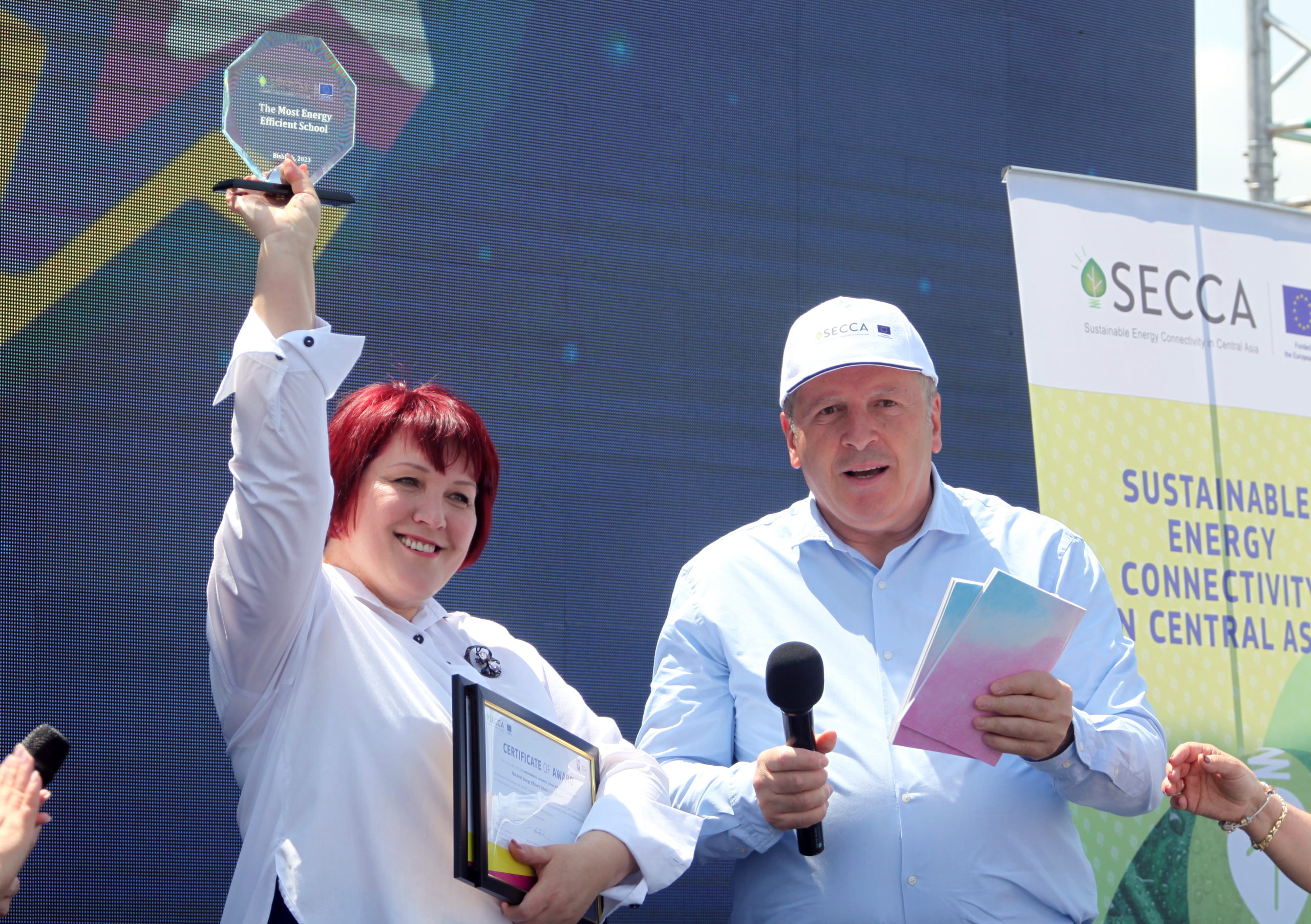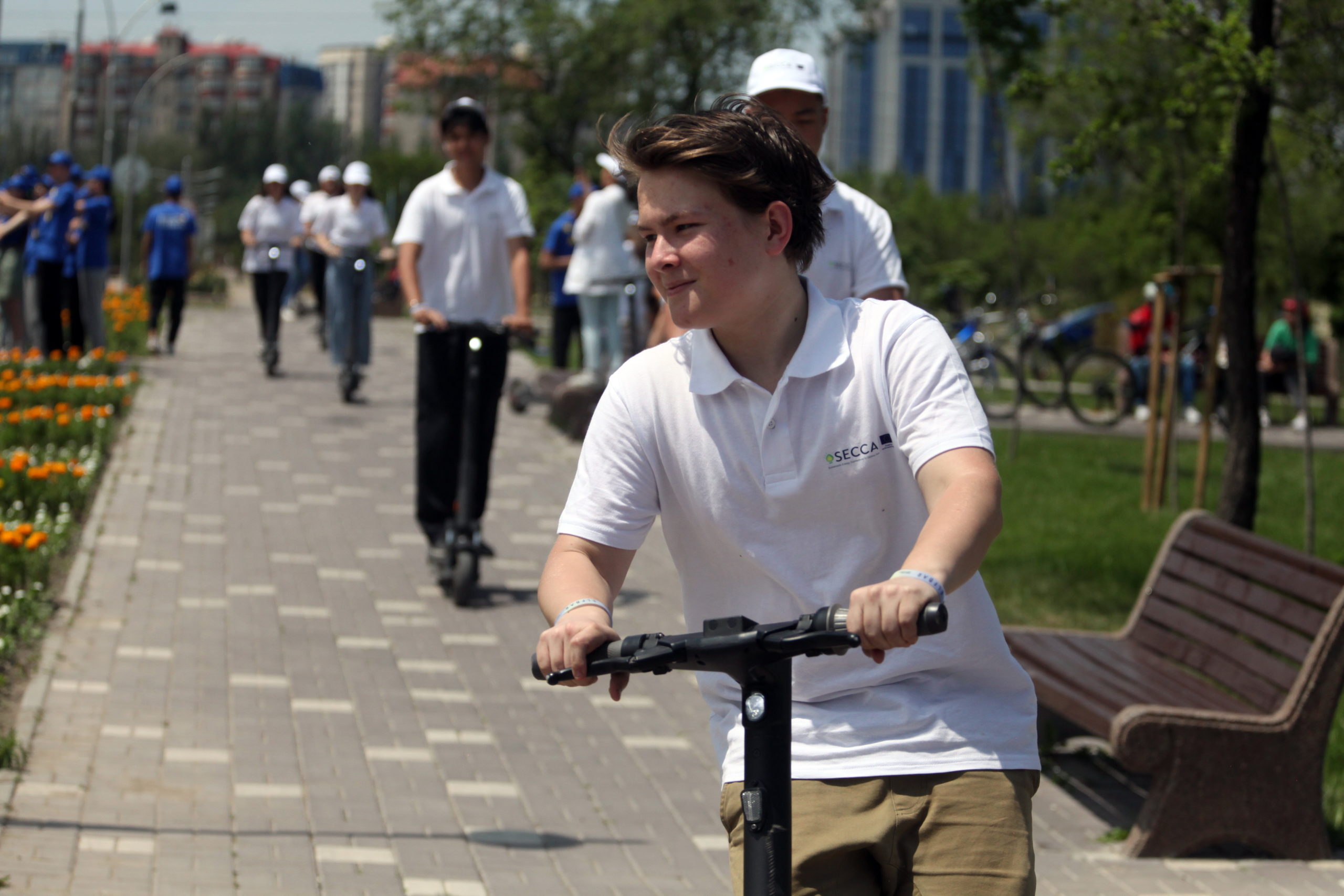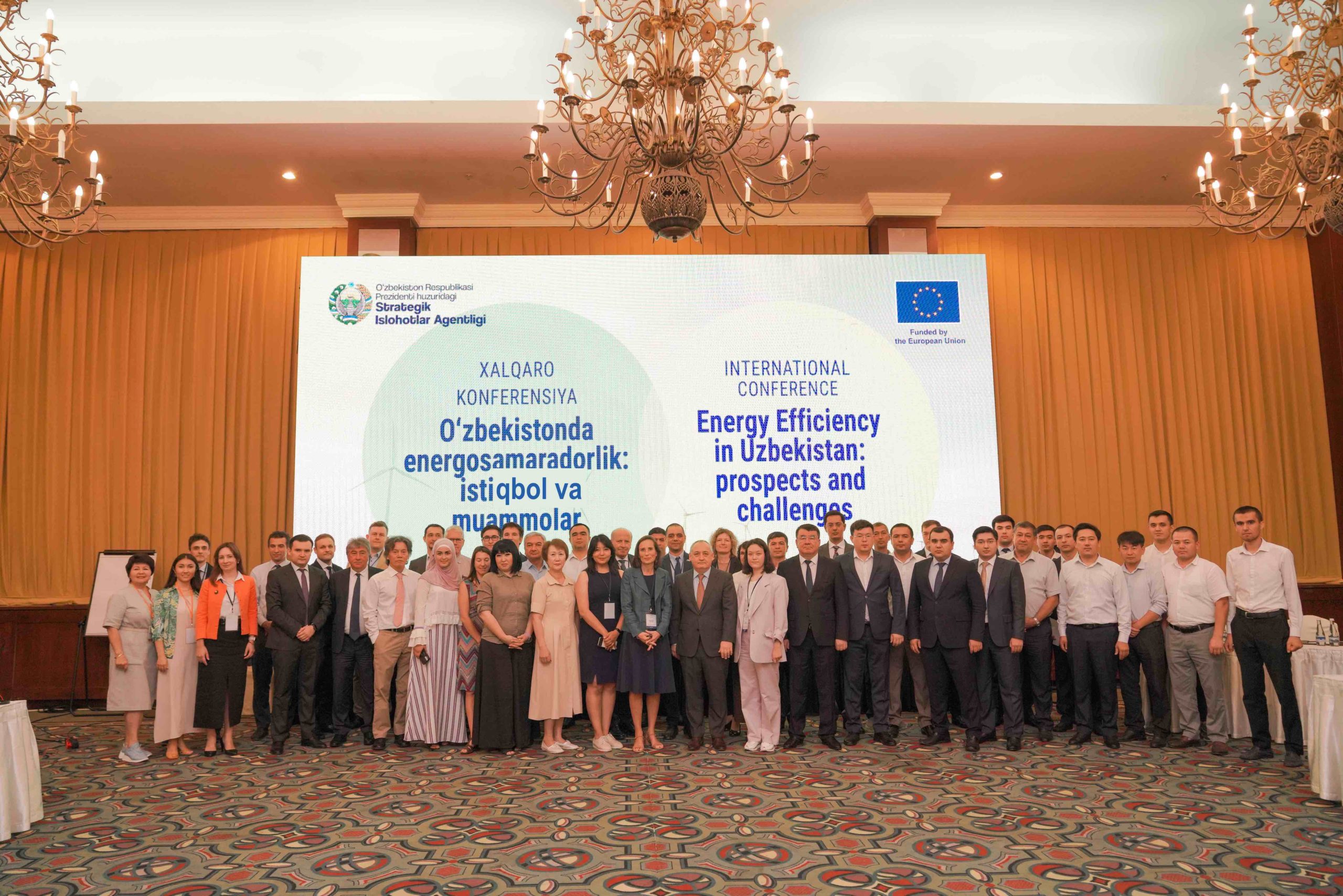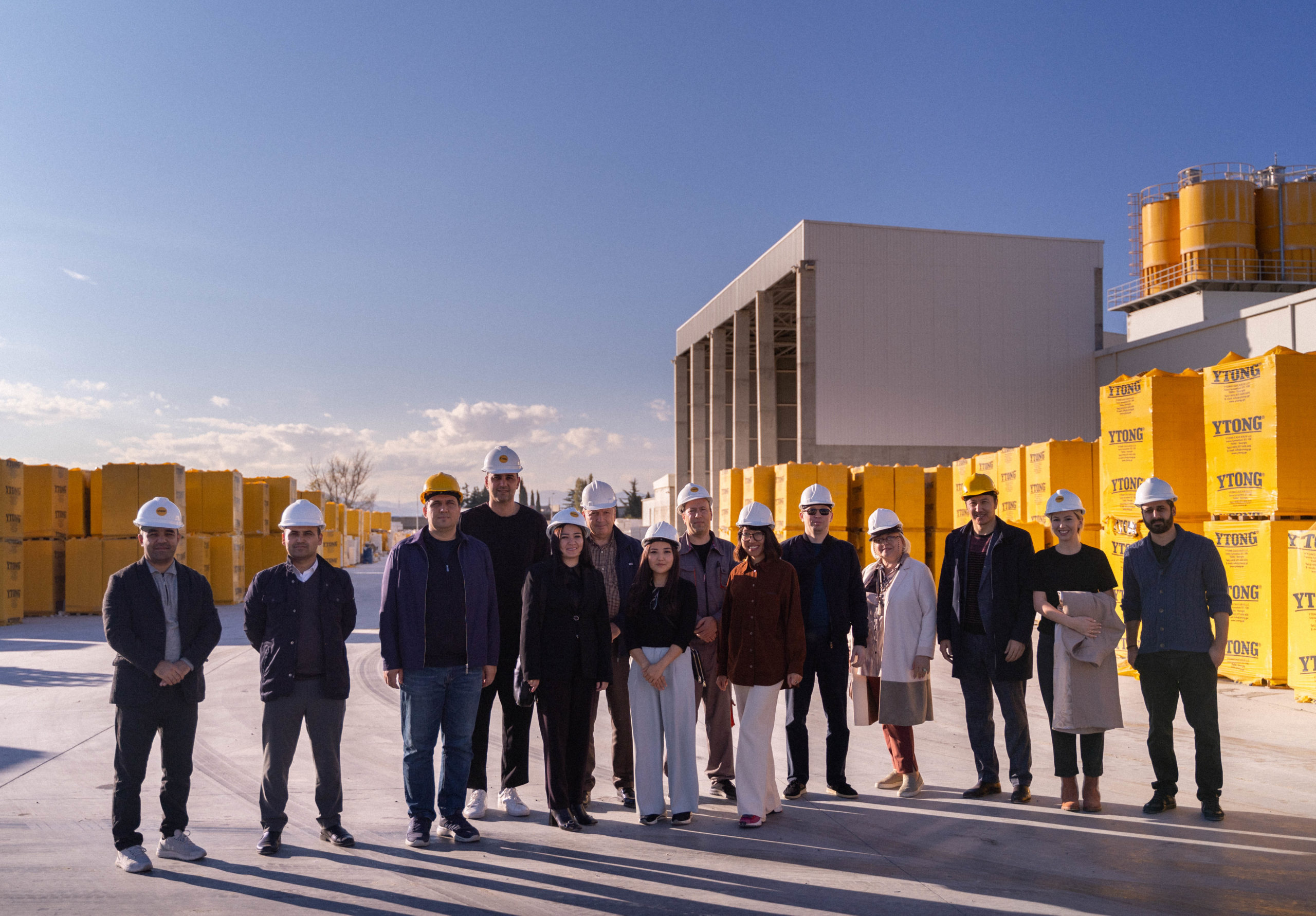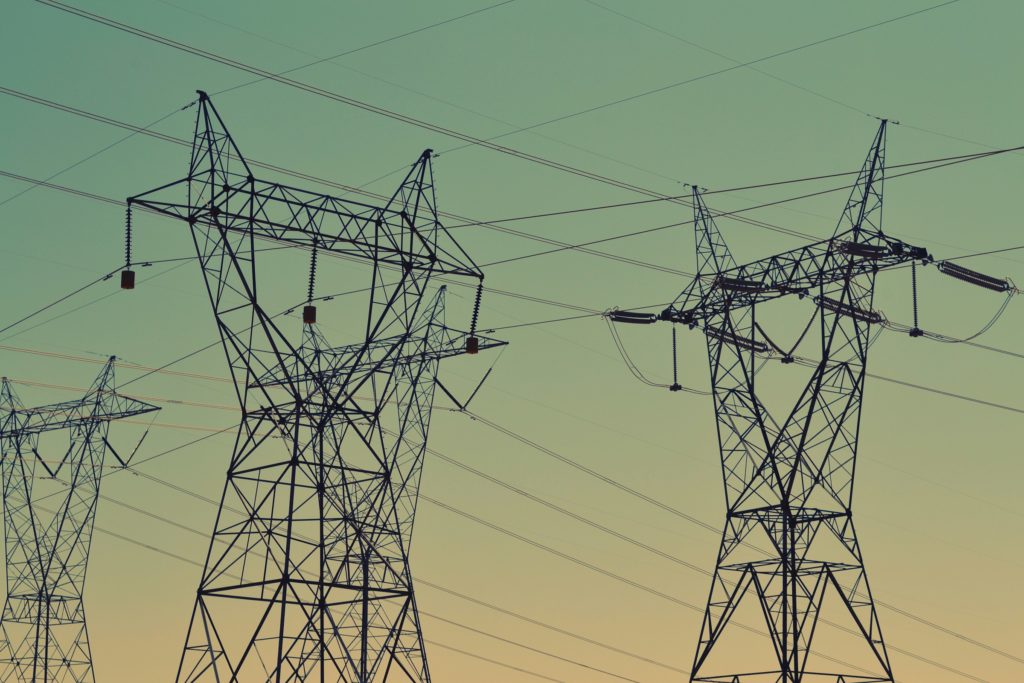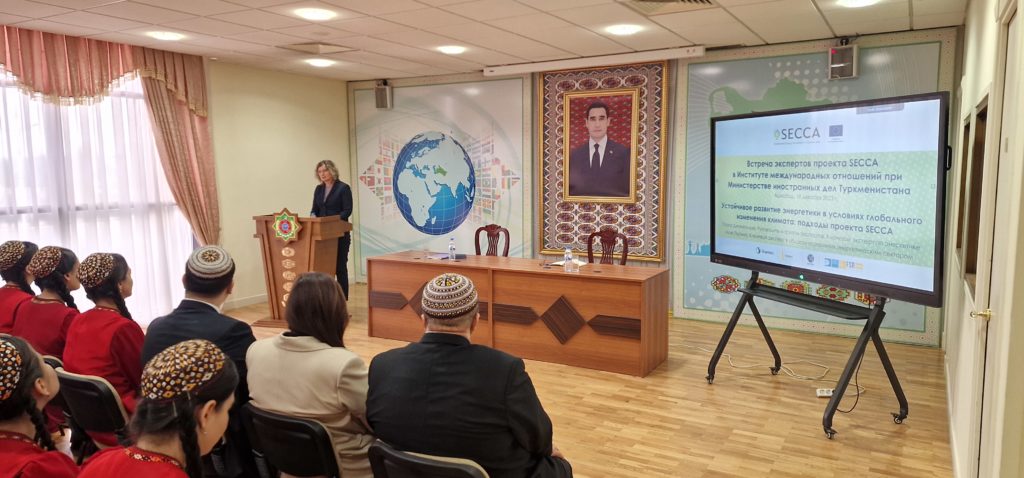Global energy consumption continues to rise, driven by factors such as population growth, urbanisation, industrialisation, and economic development. Efforts to improve energy efficiency are critical for managing global energy consumption and addressing sustainability challenges. By reducing the amount of energy needed to provide goods and services, energy efficiency measures can help decouple economic growth from energy consumption, enabling societies to achieve their development goals while minimising environmental impacts.
Improving energy efficiency is essential for achieving sustainable development goals, combating climate change, and ensuring a brighter, more sustainable future for people and the planet. But what is energy efficiency? What are its benefits? What can we do to start using energy more efficiently? Read on to find out.
What is Energy Efficiency?
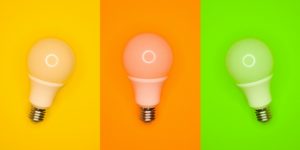 Energy efficiency (EE) simply means using less energy to perform the same task. This involves optimising processes, technologies, and behaviours to reduce energy waste and improve performance across various sectors such as industry, transportation, buildings, and appliances.
Energy efficiency (EE) simply means using less energy to perform the same task. This involves optimising processes, technologies, and behaviours to reduce energy waste and improve performance across various sectors such as industry, transportation, buildings, and appliances.
EE brings a variety of benefits:
- cost savings: EE technologies lower the costs on a household and economy-wide level and help save money on energy bills
- community benefits: EE programmes improve community resilience and address energy poverty by bringing efficient, cost-effective technologies and infrastructure
- environmental benefits: reducing energy use is essential in the fight against climate change, because traditional power plants burn fossil fuels that release greenhouse gases and contribute to environmental pollution
- health benefits: reducing fossil fuel use results in cleaner air, water, and land, all of which directly affect human health — especially those in marginalised communities and people with conditions that are exacerbated by pollution
- resilience and reliability: EE improvements reduce the amount of electricity on the grid at one time, minimising congestion and stress on the electric grid. Less load prevents power disruptions.
There is a special international day — the World Energy Efficiency Day, celebrated annually on 6 March to raise awareness on the need to take action towards improving EE.
What are the key European Union policies on EE?
 The European Union (EU) has long been committed to enhancing EE as a cornerstone of its environmental and economic strategies. Energy Efficiency First has been a guiding principle that complements other EU objectives, particularly in the areas of sustainability, climate neutrality and green growth.
The European Union (EU) has long been committed to enhancing EE as a cornerstone of its environmental and economic strategies. Energy Efficiency First has been a guiding principle that complements other EU objectives, particularly in the areas of sustainability, climate neutrality and green growth.
In line with the European Green Deal and the ‘Fit for 55’ package, the EU revised its key legislation on EE, namely, the Energy Efficiency Directive in 2023, and the recast Energy Performance of Buildings Directive is going to be adopted in 2024.
The recast Energy Efficiency Directive established new legally binding targets for Member States:
- to reduce final energy consumption by at least 11.7 % compared to projections of the expected energy use for 2030, across sectors such as buildings, transport, and industry
- to achieve an average annual energy savings rate of 1.49 % from 2024 to 2030
- to prioritise EE improvements for vulnerable customers, low-income households, and individuals in social housing, including within the scope of the energy savings obligation
- to introduce an annual energy consumption reduction target of 1.9 % for the public sector
- to extend the annual 3% buildings renovation obligation to all the levels of public administration.
Notably, the EU countries will now be legally required to prioritise EE in policymaking, planning, and major investments.
Pursuant the European Commission’s 2020 strategy “A Renovation Wave for Europe”, the recast Energy Performance of Buildings Directive obliges the EU Member States to establish long-term renovation strategies to support the renovation of their national building stock into a highly energy efficient and decarbonised building stock by 2050.
The EU also promotes research and innovation (R&I) in energy-efficient technologies through programmes such as Horizon Europe, which many third countries can also participate in and benefit from, including the countries of Central Asia.
Why do the countries of Central Asia prioritise EE?
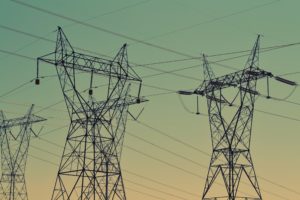 We are witnessing a growing demand for energy in Central Asia (CA), as the populations and economies of the region grow. The commitment of the CA countries to improving EE is evident in their national strategies and legislative framework. It is essential for their people, businesses, industry. CA nations often grapple with challenges in ensuring reliable energy supplies, both for domestic consumption and export. By reducing dependence on imported energy through efficiency measures, they can enhance their energy security.
We are witnessing a growing demand for energy in Central Asia (CA), as the populations and economies of the region grow. The commitment of the CA countries to improving EE is evident in their national strategies and legislative framework. It is essential for their people, businesses, industry. CA nations often grapple with challenges in ensuring reliable energy supplies, both for domestic consumption and export. By reducing dependence on imported energy through efficiency measures, they can enhance their energy security.
Environmental and climate change concerns further drive the prioritisation of EE. The CA countries recognise the importance of mitigating the impacts of energy production and consumption and see EE as a key strategy in reducing their environmental footprint. Besides, the CA countries have made commitments to international agreements, such as Paris Agreement, and initiatives aimed at reducing greenhouse gas emissions and addressing climate change. Improving EE is a key strategy for meeting these commitments.
In summary, the imperative to improve EE in the CA countries arises from economic, environmental, energy security, social, and international commitments, making it a strategic priority for their sustainable development agendas.
What can we do to improve EE in our daily lives?
Here are several practical steps that we can take to use energy more efficiently:
- Educate yourself and others: Learn and spread awareness about the importance of EE and encourage friends, family, and colleagues to adopt energy-saving practices in their homes and workplaces.
- Adjust thermostat settings: use a programmable thermostat to regulate heating and cooling at home and at work;
- Reduce electric energy consumption: conserve energy by turning off lights, appliances, and electronics when not in use. Use natural light when possible;
- Dress for the weather: when you’re at home, dress in warm clothing in the winter and cooler clothing in the summer to stay comfortable without making your heater and AC work harder;
- Reduce phantom loads: unplug electronics and chargers when not in use to eliminate standby power consumption, also known as phantom loads;
- Use energy-efficient lighting: replace traditional incandescent light bulbs with energy-efficient alternatives like compact fluorescent lamps (CFLs) or light-emitting diodes (LEDs). These bulbs use less energy and last longer;
- Upgrade to energy-efficient appliances: when purchasing new appliances, for example, a new fridge or a washing machine, look for models with high EE ratings. These appliances consume less energy and can lead to significant savings over time;
- Reduce water consumption: conserve hot water by taking shorter showers, fixing leaks, and using energy-efficient fixtures such as low-flow showerheads and faucets. Additionally, wash clothes in cold water whenever possible to save energy;
- Optimise energy use in transportation: use public transportation, carpooling, biking, or walking instead of driving alone in a car. When driving, maintain proper tire pressure, avoid excessive idling, and combine errands to reduce fuel consumption;
- Improve home insulation: properly insulate your home to prevent heat loss during the winter and keep cool air inside during the summer. Seal gaps around doors and windows, and consider adding insulation to walls, floors, and attics.
What does the SECCA project do to increase EE in the countries of Central Asia?
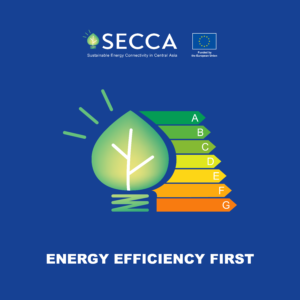 The SECCA project is presently at the midpoint of its implementation timeline, and one of the project objectives is to share the EU best practices with Central Asia. Check out the following project events and news articles to learn more about the project work done so far in the field of improving EE in the countries of the region:
The SECCA project is presently at the midpoint of its implementation timeline, and one of the project objectives is to share the EU best practices with Central Asia. Check out the following project events and news articles to learn more about the project work done so far in the field of improving EE in the countries of the region:
Kazakhstan
- European Union and Kazakhstani Energy Efficiency Experts Reviewed a Roadmap for Updated Energy Audit Quality Control for Industry
- Kazakhstan’s Energy Audit Bylaw Amended with the European Union’s support
- Quality Control of Energy Audits for Industry in Kazakhstan
- SECCA Energy Statistics Training for the Bureau of National Statistics of Kazakhstan
- First EU–Kazakhstan Sustainable Energy Days: EU awards most Energy Efficient School of Astana City
- International Conference “Sustainable energy in Kazakhstan: prospects and challenges”
Kyrgyzstan
- European Union supports Kyrgyz Republic in Development of Pilot Inventory of Public Buildings to Improve Energy Efficiency
- European Union and Kyrgyz Experts Reviewed a Draft New Framework for Quality Control System of Buildings Energy Performance Certification
- Technical workshop: Quality Control of Energy Performance Certificates
- European Union awards the most energy efficient school in Bishkek
- SECCA training in Kyrgyzstan: Formation of the energy balance, calculation of energy efficiency indicators
- Bilateral working-level meetings in Kyrgyzstan
- International Conference “Sustainable energy in Kyrgyzstan: prospects and challenges”
Tajikistan
- International Conference “Energy Efficiency in Tajikistan: prospects and challenges”
- European Union Awards Most Energy Efficient School of Dushanbe
- SECCA workshop: Main aspects of sustainable energy policy planning and implementation
Turkmenistan
- European Union – Turkmenistan Sustainable Energy Days: Student and Schoolchildren Activities held in Mary, Most Energy Efficient School Awarded
- Lectures for faculty members and students of the State Energy Institute of Turkmenistan
- International Conference “Sustainable energy in Turkmenistan: prospects and challenges”
- Technical workshop: Energy audits in buildings – from theory to practice
Uzbekistan
- European Union Awards Most Energy Efficient School of Tashkent
- SECCA training in Uzbekistan: Formation of the energy balance, calculation of energy efficiency indicators
- International Conference “Energy Efficiency in Uzbekistan: prospects and challenges”
Regional
- SECCA study tour “Promotion of Energy Efficiency – Latvian Experience”
- Head teachers of Most Energy Efficient Schools of Central Asia visited Most Sustainable School of Latvia
- SECCA study tour “Sustainable Energy in Practice: Georgia’s Success and EU Best Practices”
- Regional Workshop on Final Energy Consumption Statistics
This article was produced with the financial support of the European Union. Its content is the sole responsibility of the consortium led by Stantec and does not necessarily reflect the views of the European Union.


